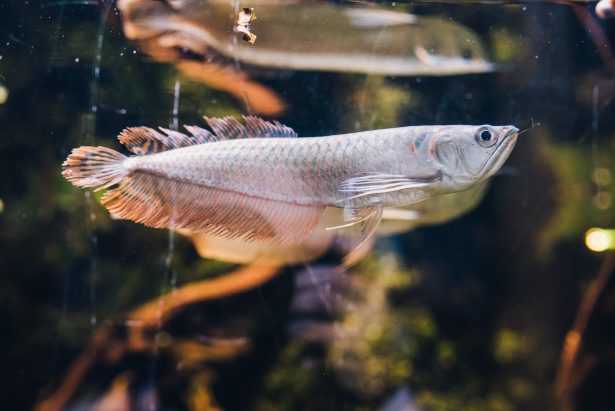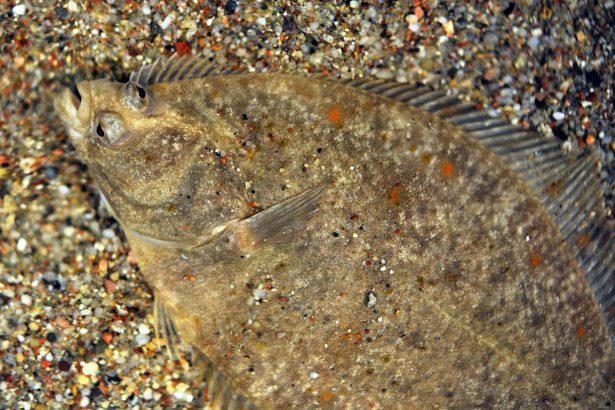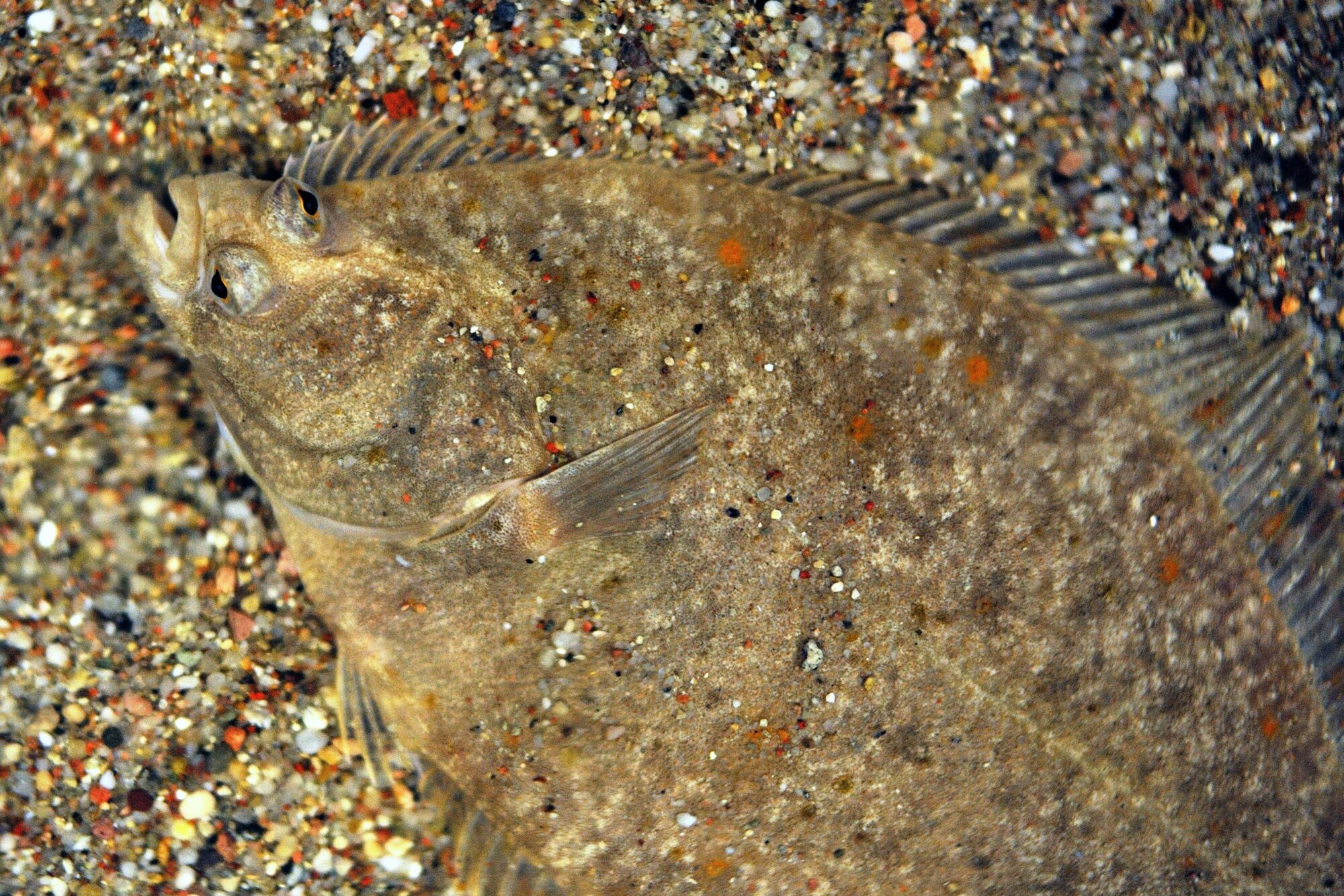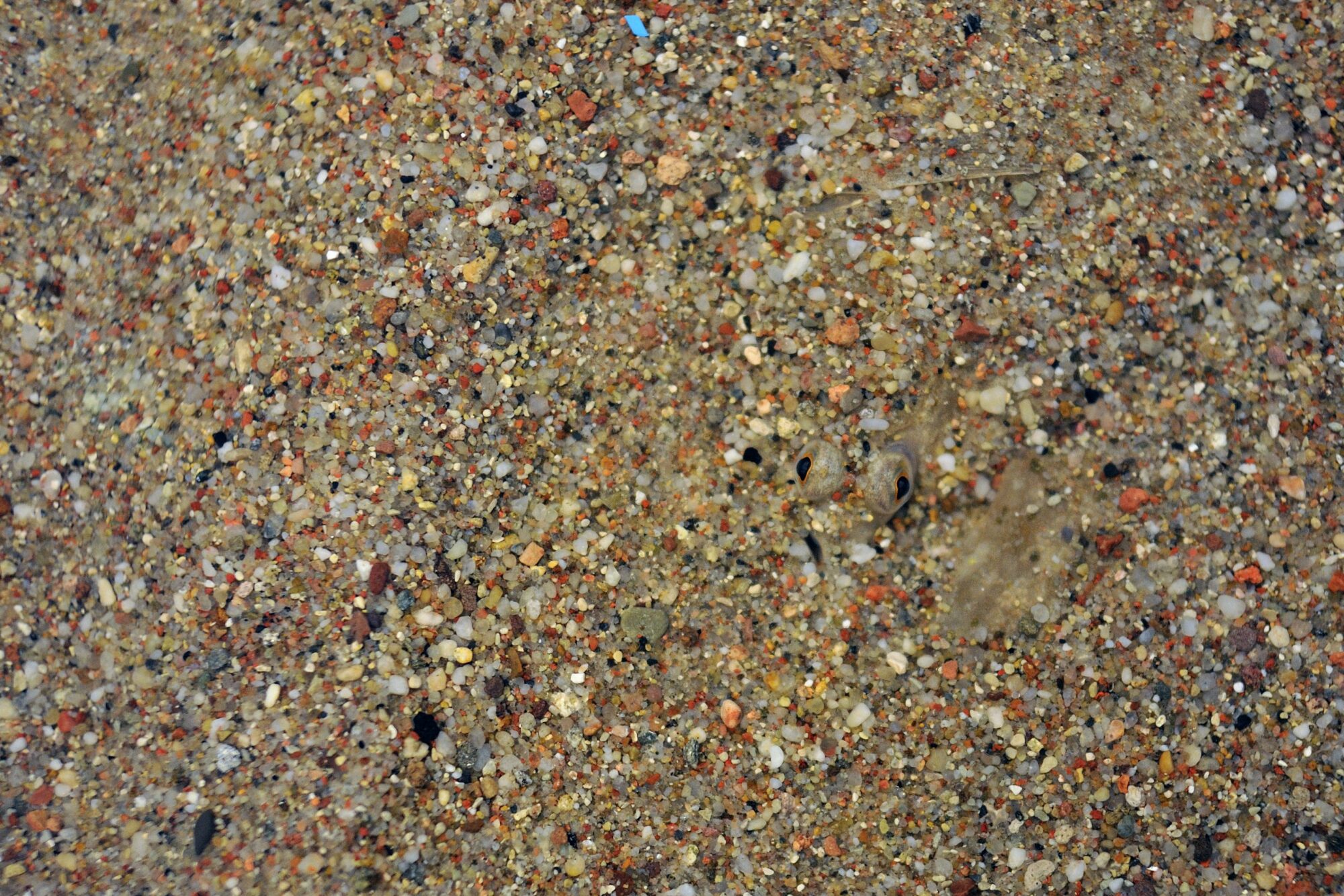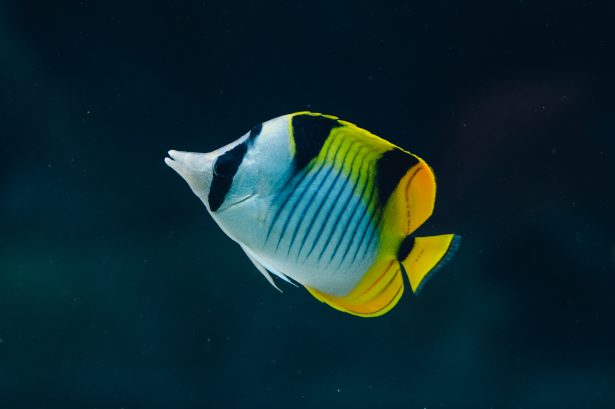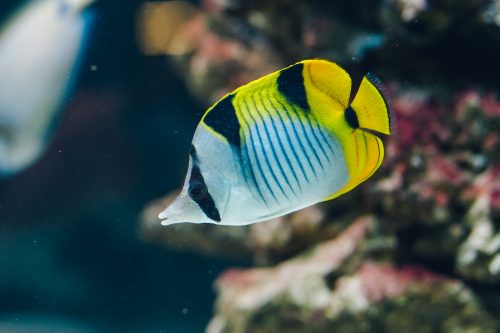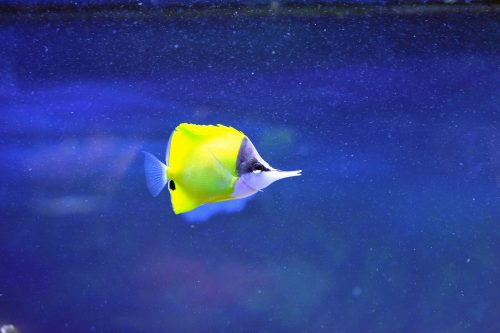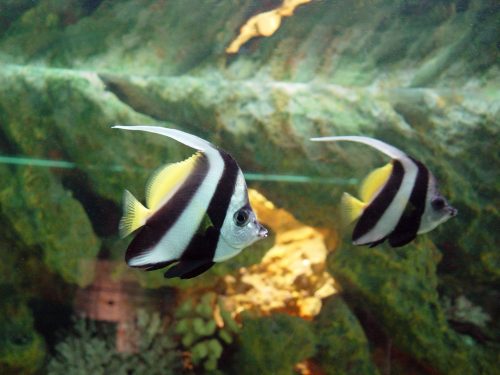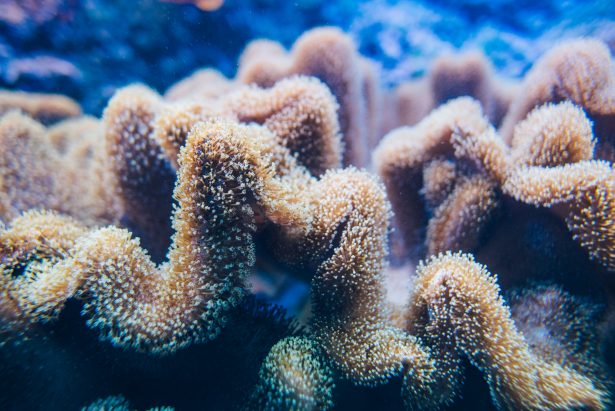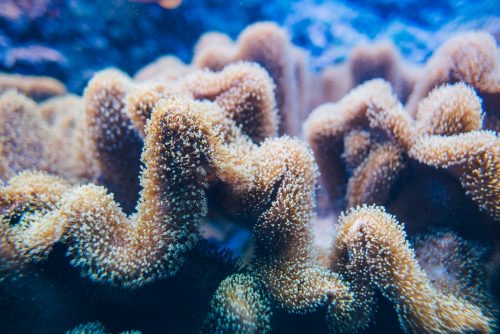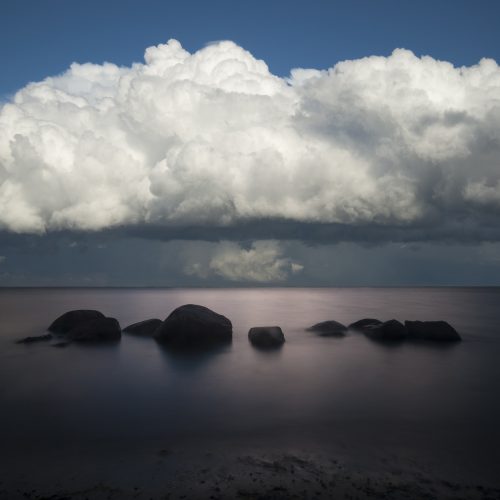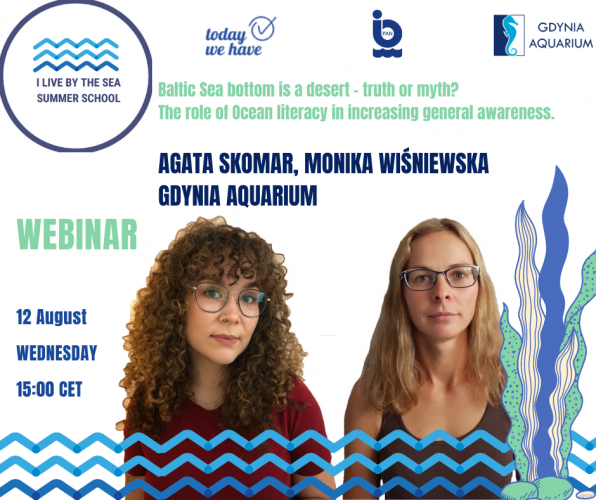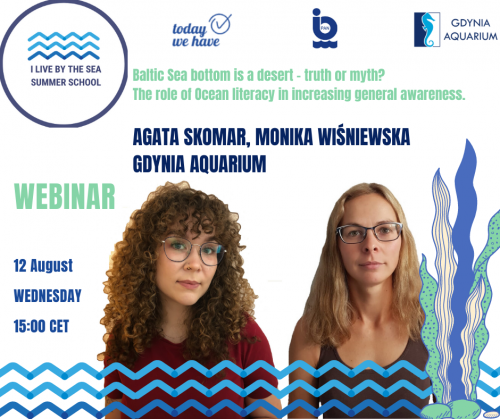Rząd: Osteoglossiformes (kostnojęzykokształtne)
Rodzina: Osteoglossidae (kostnojęzykowe)
Osteoglossum bicirrhosum (Cuvier, 1829)
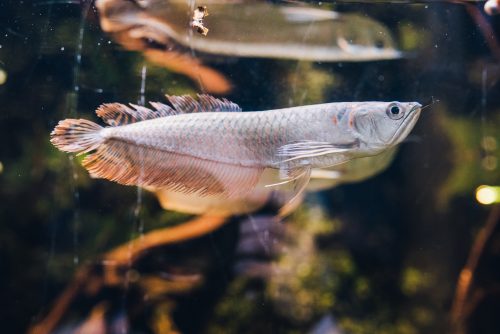
Ryba ta występuje w słodkich wodach Ameryki Południowej, a konkretnie w dorzeczach Amazonki, Essequibo i Oyapock. Zasiedla zarówno rzeki białe (o wodach bogatych w substancje mineralne), jak i czarne (z woda o bardzo niskim odczynie pH i dużej zawartości kwasów huminowych i fulwowych). W porze suchej zamieszkuje wolno przemieszczające się lub nieruchome dopływy, rozlewiska i laguny, zaś w porze mokrej przemieszcza się na obszary zalewowe. Ze względu na swoje drapieżne zachowania preferuje płytsze wody. Jest w stanie przystosować się do środowiska o niskim poziomie tlenu rozpuszczonego w wodzie. Używają wówczas swojego pęcherza pławnego jako dodatkowego narządu oddechowego.
Wygląd
Arowana osiąga długość wynoszącą 90 cm, chociaż są doniesienia o osobnikach dorastających do 1,2 m. Maksymalna udokumentowana waga wynosiła 6 kg. Jej wydłużone ciało pokryte jest bardzo dużymi, zdobionymi łuskami, skierowany ku górze pysk jest zwieńczony 2 kolcami, zaś płetwa grzbietowa i odbytowa rozciągają się praktycznie od połowy długości ryby, aż do płetwy ogonowej. Ubarwienie zmienia się wraz z wiekiem ryby. Na ciele osobnika młodocianego widoczne są niebieskie refleksy oraz żółto-pomarańczowy pasek, zaś osobnik dojrzały jest srebrzysty. Cechą charakterystyczną jest jej kościsty język, który jest pomocny w chwytaniu ofiary. Ponadto wiele elementów jamy ustnej zaopatrzonych jest w zęby, w tym szczęka, podniebienie, język oraz gardło.
Odżywianie
Jest to ryba wszystkożerna, która żeruje na powierzchni. Pozycja jej otworu gębowego pozwala jej chwytać zdobycz od dołu. Ma wyjątkowe zachowania drapieżne. Pozostaje blisko brzegu i czeka na przepływającą ofiarę. Zwykle ustawia się bokiem przy powalonym drzewie, wówczas jest mniej widoczna. W trakcie ataku potrafi wyskoczyć ponad powierzchnię wody. To szczególne zachowanie przyniosło jej przydomek „małpy wodnej” lub „ryby małpy”. Pomimo tego, że jej główną dietę stanowią owady, mięczaki, skorupiaki, mniejsze ryby i inne zwierzęta unoszące się na powierzchni wody, w jej żołądku znajdowano również szczątki ptaków, nietoperzy i myszy.
Rozmnażanie
Arowana jest gatunkiem rozdzielnopłciowym z tarłem odbywającym się na początku pory mokrej, czyli w grudniu i styczniu. W ciągu całego sezonu lęgowego samica jest w stanie wyprodukować od 50 do 250 jaj, zaś typowa wielkość pojedynczego lęgu wynosi od 12 do 30. Rola samicy ogranicza się do złożenia jaj. Opiekę nad potomstwem przejmuje samiec, który najpierw jaja, a później larwy i osobniki młodociane przenosi w swoim pysku. Narybek jest zwykle dość duży i już po wylęgu ma długość 50-75 mm. Młode przebywają w pysku samca do momentu wchłonięcia się ich woreczka żółtkowego, czyli około 2 miesięcy. W tym czasie rybacy wyławiają samce, wyjmują młode i przeznaczają je na sprzedaż. W handlu bardzo często dostępne są młode z widocznym woreczkiem żółtkowym.
Znaczenie gospodarcze
Wspólne korzystanie z zasobów populacji arowany srebrnej mieszkańców Brazylii i Kolumbii było przyczyną sporu między władzami w 2005 roku. Kolumbijczycy pozyskiwali młode arowany do sprzedaży jako ryby akwariowe, zaś mieszkańcy brazylijskiej Amazonii łowili dorosłe ryby na pożywienie. Spowodowało to gwałtowny spadek liczebności arowany. Wprowadzono zakazy połowów w Brazylii od 1.09. do 15.11., zaś w Kolumbii od 1.11. a 15.03. Arowana ma dużą wartość gospodarczą dla miejscowej ludności. Stanowi największe źródło białka w porównaniu z innymi rybami amazońskimi. Ponadto, ze względu na niską zawartość tłuszczu, jest uważana za najbardziej strawną i najmniej podatną na choroby. Mieszkańcy Coboclo z Amazonii uważają ją za jedyny dopuszczalny pokarm dla kobiet w okresie połogu. Arowana ma również wielką wartość w branży akwarystycznej, o czym świadczy jej sprzedaż na wielu komercyjnych stronach internetowych oraz ceny jakie osiąga. Jest to jednak najtańszy spośród wszystkich gatunków arowan. Okaz znacznie rzadszej arowany azjatyckiej został sprzedany za 300 tysięcy dolarów. Kostnojęzykowe to jedyna rodzina ryb słodkowodnych, której przedstawiciele żyją po obu stronach Linii Wallace’a, z czterema ważnymi gatunkami w Ameryce Południowej, jednym w Afryce, jednym w Azji Południowo-Wschodniej i dwoma w Australii.
Czy arowana może przetrwać w wodach Polski?
W 2016 roku zaobserwowano pojedynczego przedstawiciela arowany srebrnej w Jeziorze Powsinkowskim. Osobnik ten miał 40 cm długości i był w kiepskiej kondycji. Jego ciało było poranione, najprawdopodobniej po atakach innych ryb. Nie ma szans, aby przetrwał on w zbiornikach słodkowodnych Polski, ze względu na niską temperaturę w nich panującą.
